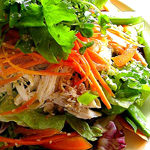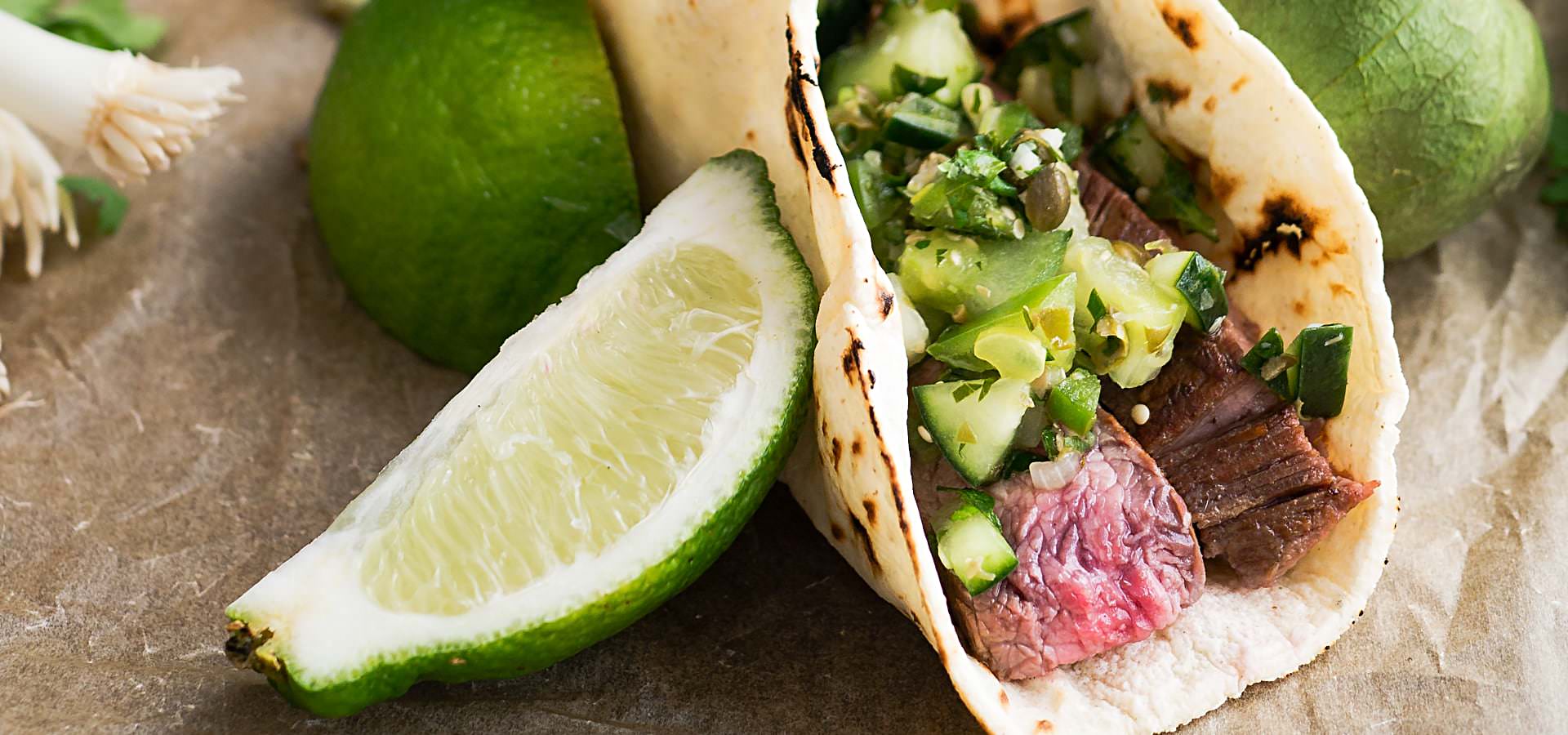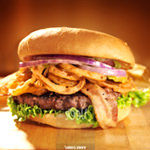Are you trying to lose weight or maintain a healthy lifestyle? If so, you may be paying close attention to the number of calories you consume each day. However, accurately measuring the calories in your food can be a challenge. In this article, we will provide you with some tips on how to measure the calories in your food accurately.
One of the most important things to keep in mind when measuring calories is to use a reliable source. While there are many apps and websites that provide calorie information, not all of them are accurate. It’s best to rely on sources that have been tested and verified, such as the USDA food database or the nutrition information provided by the manufacturer. Additionally, be sure to measure your food accurately using a food scale or measuring cups to ensure you are getting an accurate calorie count.

Understanding Food Calories
Defining Calories
Calories are a unit of measurement used to quantify the amount of energy in food. Specifically, a calorie represents the amount of energy required to raise the temperature of one gram of water by one degree Celsius. In the context of food, calories refer to the amount of energy that your body can obtain from consuming that food.
The Role of Macronutrients
The three macronutrients that provide calories are carbohydrates, proteins, and fats. Carbohydrates and proteins each provide four calories per gram, while fats provide nine calories per gram. This means that high-fat foods tend to be more calorie-dense than low-fat foods, and that foods high in carbohydrates or protein can be a good option if you’re looking to reduce your calorie intake.
Caloric Density of Foods
Caloric density refers to the number of calories per unit of food. Foods that are high in water or fiber tend to be less calorie-dense than foods that are high in fat or sugar. For example, a cup of broccoli contains only about 55 calories, while a cup of ice cream contains around 300 calories. This means that you can eat a much larger volume of broccoli for the same number of calories as a small serving of ice cream.
When it comes to managing your calorie intake, understanding the caloric density of different foods can be a useful tool. By choosing foods that are lower in calories per unit of food, you can eat more volume without consuming too many calories. This can help you feel more satisfied and make it easier to stick to your calorie goals.
Overall, understanding food calories is an important part of managing your diet. By paying attention to the caloric density of different foods and choosing options that are lower in calories per unit of food, you can make it easier to maintain a healthy weight and achieve your health goals.
Measuring Food Calories
When it comes to managing your calorie intake, measuring your food is an essential step. Here are some tips to help you accurately measure your food calories:
Reading Food Labels
One of the easiest ways to measure the calories in your food is by reading the nutrition label. Look for the serving size and the number of calories per serving. Be sure to check the serving size, as many packaged foods contain multiple servings.
Using Calorie Counting Apps
Calorie counting apps can be a helpful tool to track your calorie intake. These apps allow you to input the foods you eat and will calculate the total number of calories for you. Some popular options include MyFitnessPal and Lose It!.
Estimating Portion Sizes
If you don’t have a food scale or measuring cups, estimating portion sizes can be a useful alternative. For example, a serving of meat should be about the size of a deck of cards, and a serving of pasta should be about the size of a tennis ball.
Kitchen Scales and Measurement Tools
Investing in a kitchen scale and measuring cups can help you accurately measure your food. A kitchen scale can be used to weigh out portions of meat, cheese, and other foods. Measuring cups can be used to measure out portions of liquids, grains, and other foods.
By following these tips, you can be confident in your ability to accurately measure the calories in your food.







